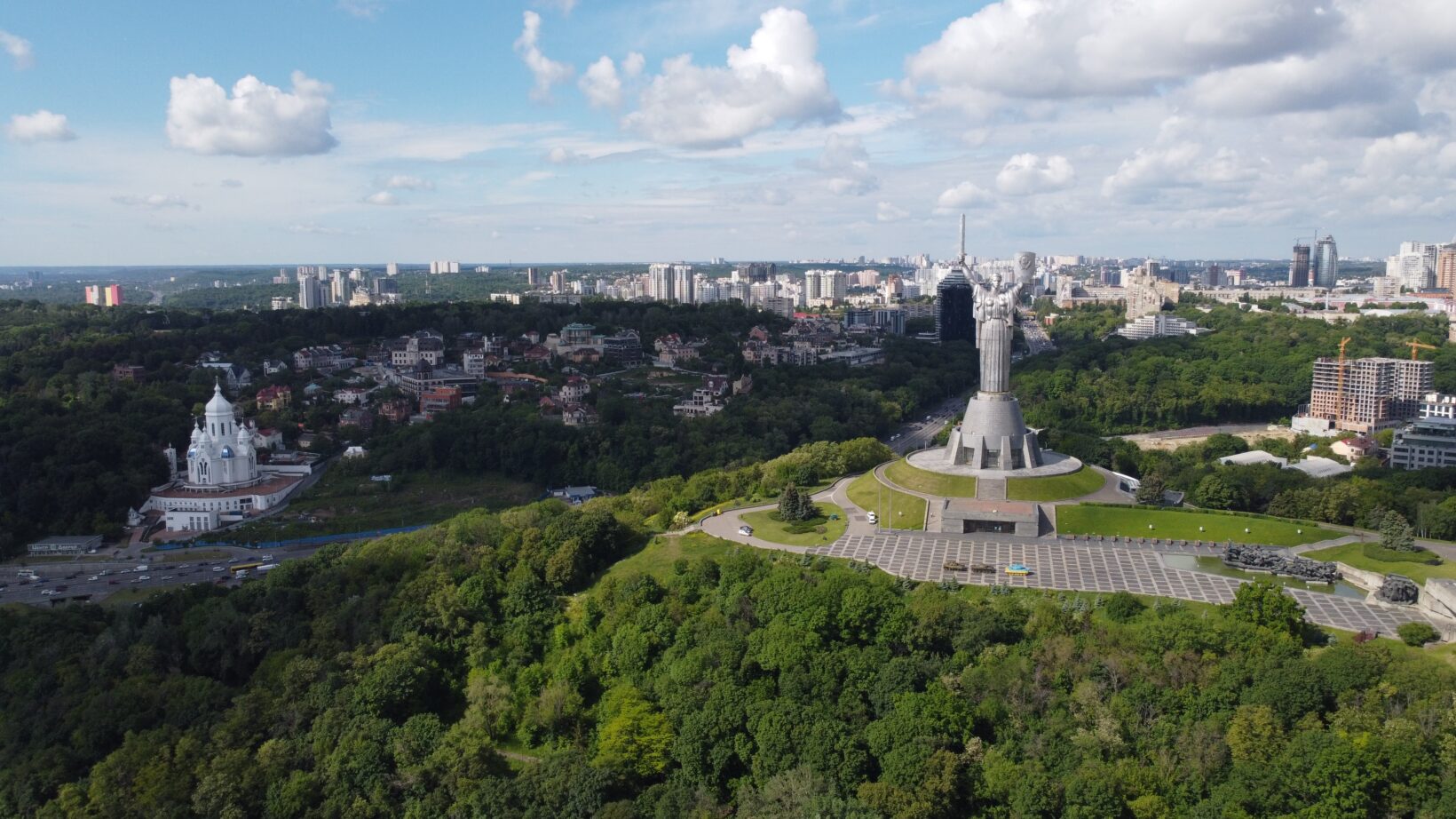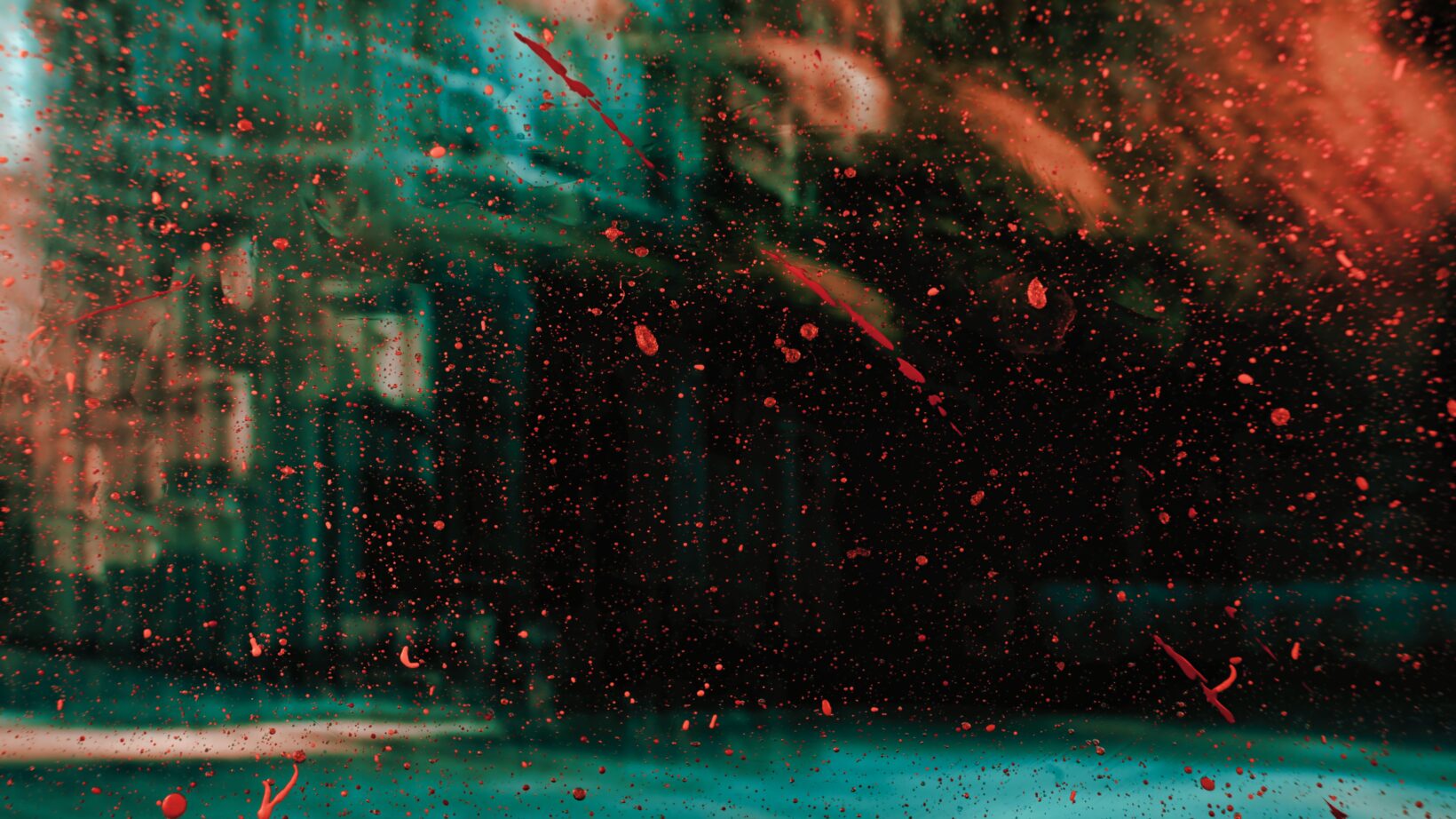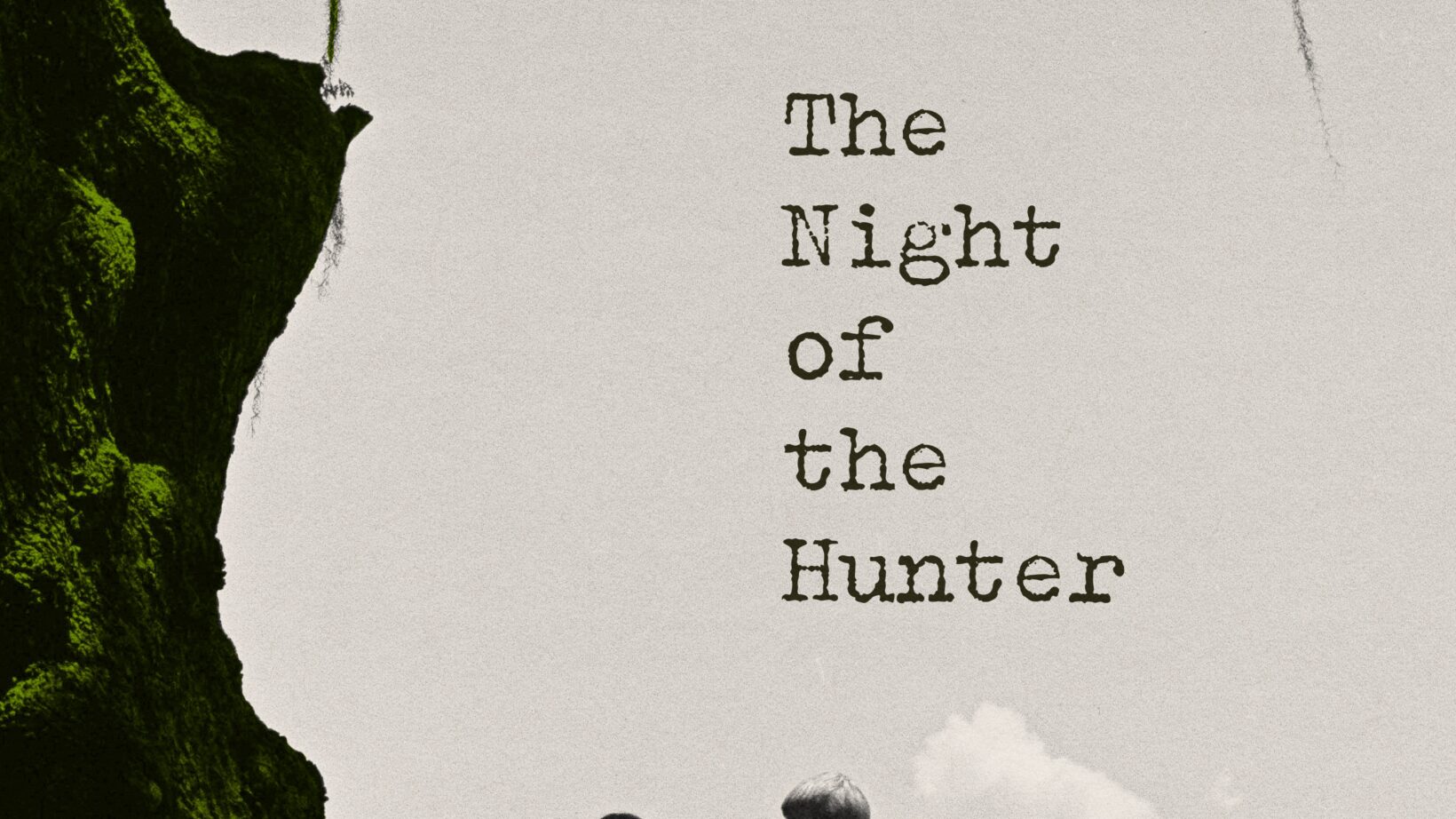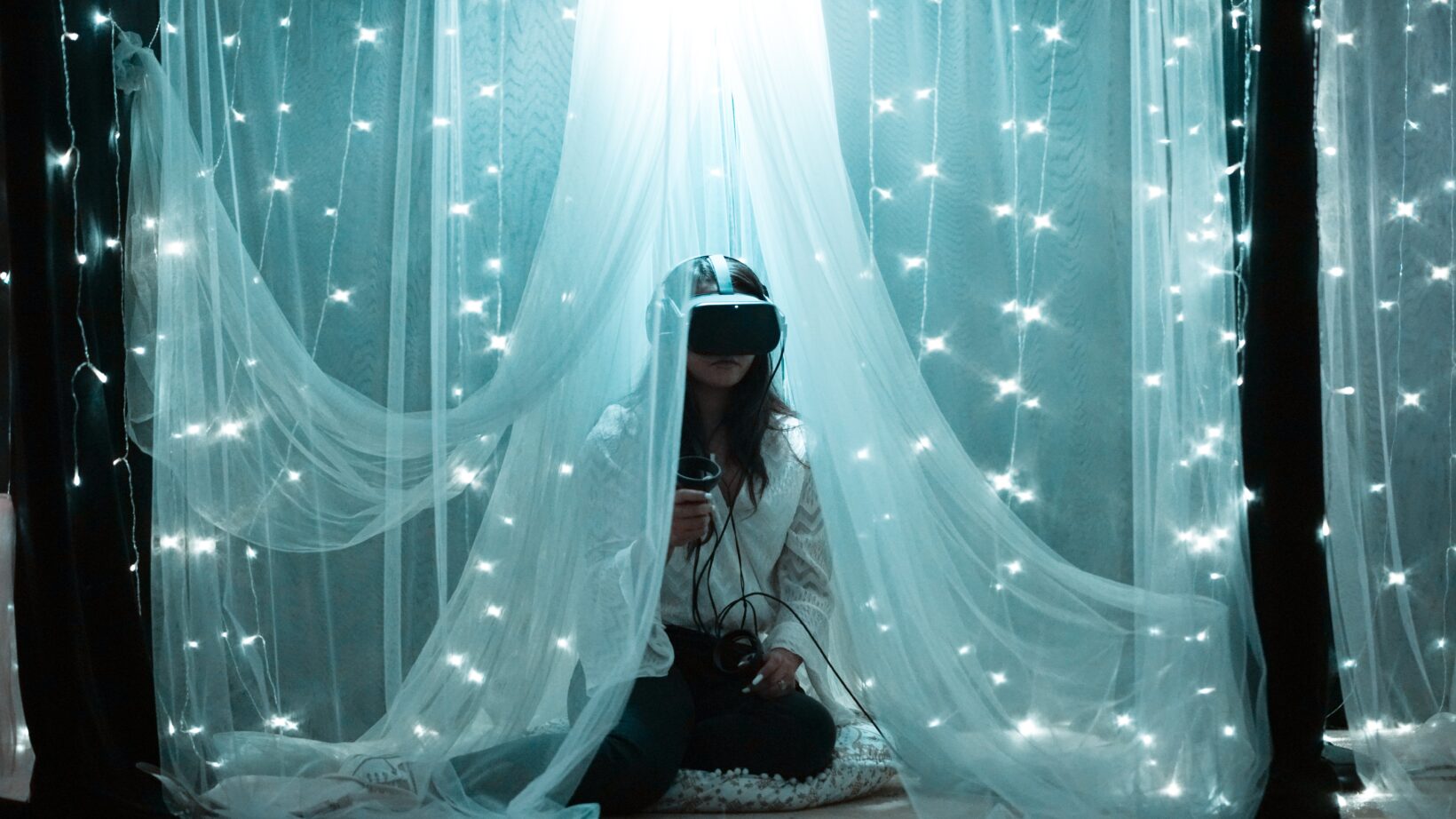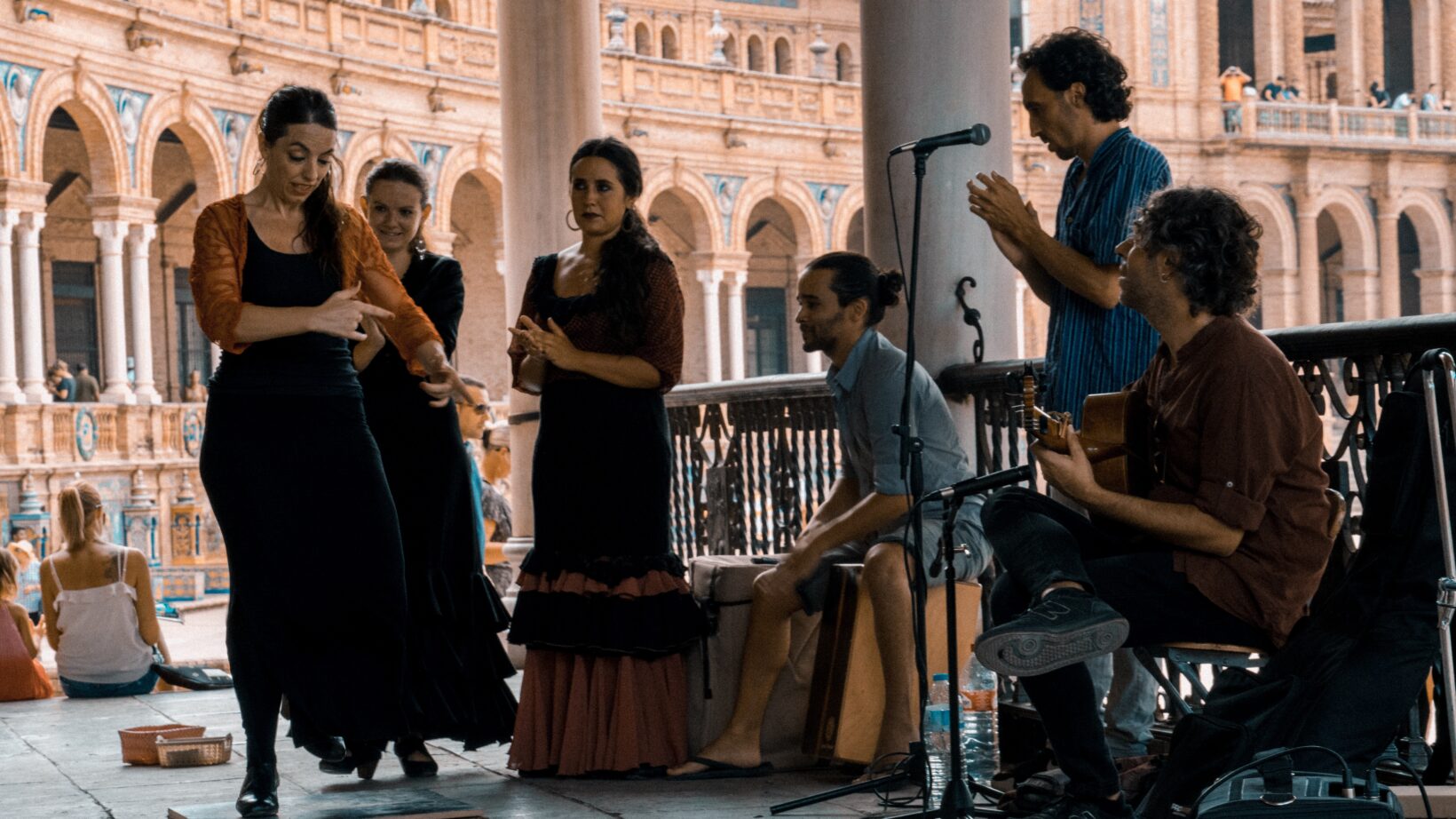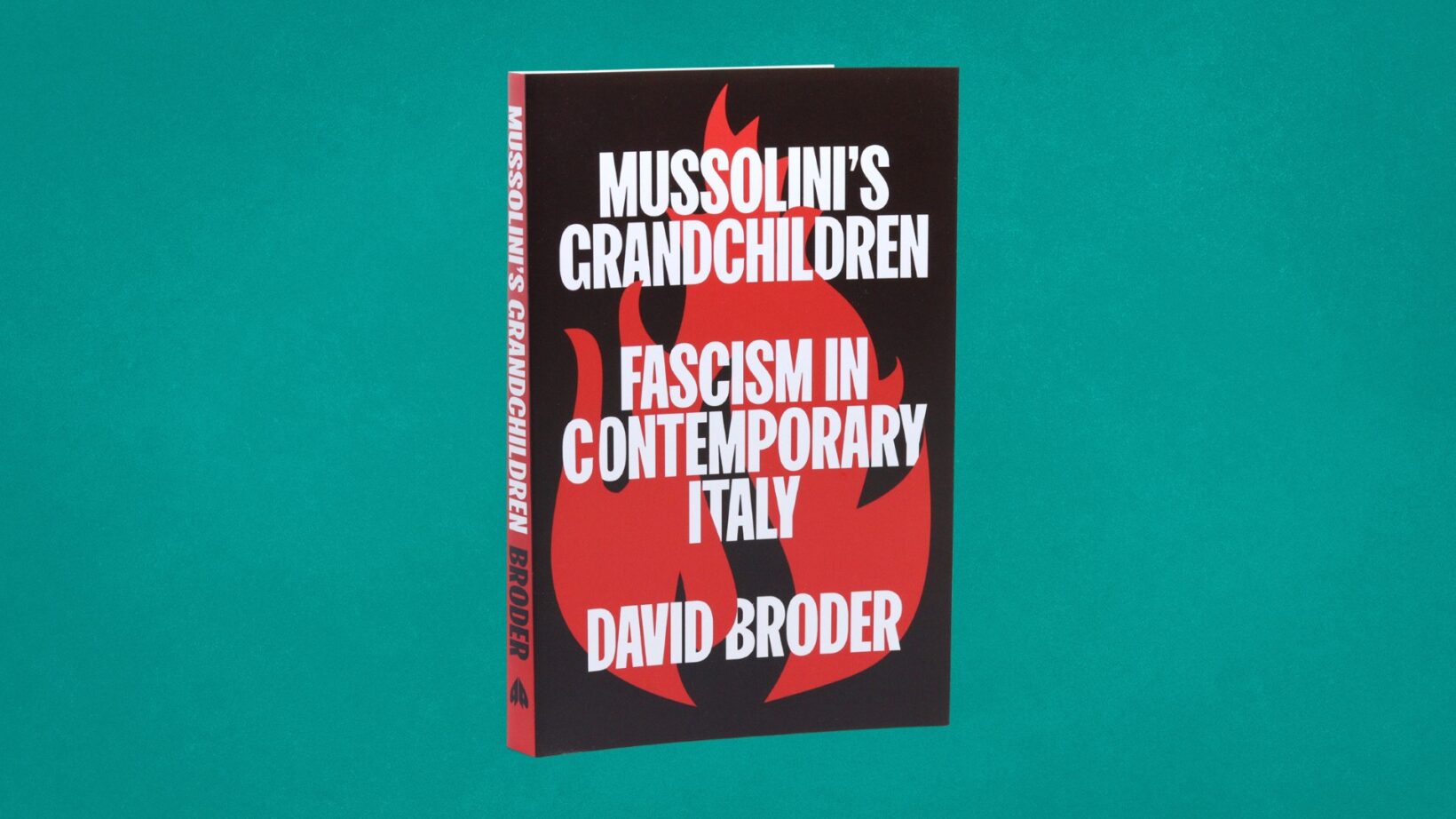Putin’s invasion of Ukraine reveals his white-supremacist notion of Russia and the fractures within the country he rules.
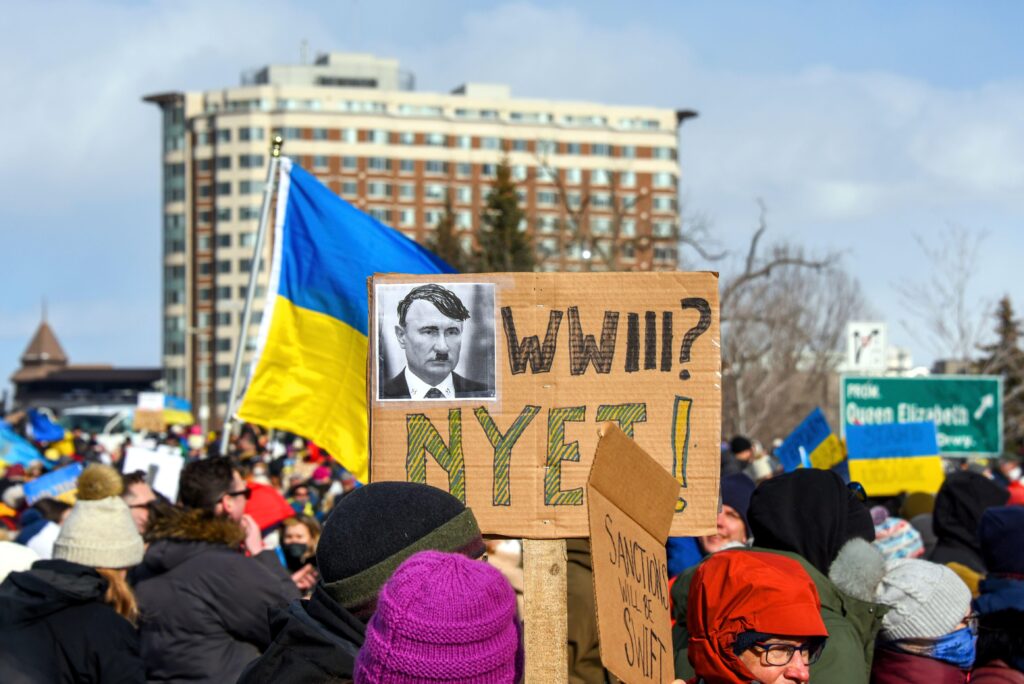
Ibragim has lived in Moscow for the past decade. A stock trader by profession, he is one of the Russian Federation’s many residents who do not identify as ethnically Russian. Like others, he has been deeply shocked by Vladimir Putin’s invasion of Ukraine. For Ibragim, the conflict has brought tensions between his ethnicity and his citizenship to the surface: “I am a Russian citizen, but I am not Russian. I am from the North Caucasus. I love my country, but not my country’s leadership. … Many sane people [here] understand everything, but they are helpless. There is no support [for the war] from [our] people.” Ibragim is not alone: Putin’s military operation is an ethnonationalist, Orthodox crusade that has rent fragile unities between Russia’s white ruling majority and its ethnic peripheries apart. While opposition might have gone underground as the government cracks down on dissent, social media bubbles with the sense that, not only do Russia’s minorities not approve of the war, many may be ready to actively oppose it.
While the image of Russia in the West may be of a nation of white, ethnic Slavs, the country is hugely diverse. Today, only 80% of the population identify as ethnically Russian, and the country is host to almost 20 million Muslims – a growing demographic that is expected to top 30% of the population in the next decade. Ethnic groups such as Tatars, Ukrainians, Bashkirs, Chuvash, and Chechens have experienced long histories of rule – and violent oppression – by Moscow under the tsars, Bolsheviks, and now post-Soviet leaders. The existence of Russia’s Indigenous peoples – the Sakha and Buryat, Komi and Khaka, and dozens more – has been even troubled. Recent immigrants from Central Asian states have travelled to Russia in search of opportunities but often found themselves met by deep-seated racism.
Moscow’s historical role has typically been that of an imperial overlord. Its vast territory was won through long wars and fighting counterinsurgencies along its borders. Along with the building of empire came political subjugation and forcible cultural integration. Russians have long been at the heart of the empire, and its non-Russian peoples – including Ukrainians – have remained on the periphery of that imperial space, always open to exploitation and denigration at the behest of imperial power. Indeed, for Ukraine, imperial subjugation culminated in the Holodomor famine that left millions dead in the early 1930s.
Vladimir Putin today purports to wage a war against Ukraine on behalf of “Russians,” but it is clear that he does not allude to all of Russia’s citizens: there is every sign that people like Ibragim, who cannot by dint of ethnicity belong to the imperial centre, will be ever more excluded as Putin prosecutes external military and domestic campaigns against “fascism.”
The justification for the Ukraine war is deeply rooted in nationalist rhetoric and imagery. Despite the president’s dubious claims of Ukrainian Nazis, nuclear plans, and NATO expansionism, today’s conflict has emerged from a centuries-old spirit of Russian messianism that the current regime has sought to cultivate. This messianism centres on the notion that, while Rome and Constantinople fell to heathen forces, Moscow has continued to stand firm – by making great sacrifices – as the lone defender of Orthodoxy and, therefore, righteousness. Moscow’s Russian centre, therefore, not only has the right but the obligation to defend what it deems just – indeed, it is fated by history to do so. Echoes of this strand of thinking can be found everywhere in Russia’s national myths: for example, those of its defence against Napoleon’s invasion in 1812 and, most visibly, its stories of the heroic sacrifice of millions of civilians and soldiers in World War II.
This messianism is central to how the Putin regime relates to non-Russians. For the regime’s leaders and adherents alike, Russia is charged with being first amongst equals, playing a paternal role in defending the nation and the righteous from external threats, and making extraordinary sacrifices to do so. In the world of Russian messianism, ethnic Russians are leaders, kingmakers, and empire builders, but they are also perpetually victims and victimized. In this imagining, Russia is the innocent empire: the abused colonizer, the bloodless bloodletter.
The work of the ethnonationalist philosopher Aleksandr Dugin, who believes Russia must head a Eurasian empire, may not be guiding Putin directly. However, Dugin’s fascist and racist imaginings have been ever more loudly echoed in the regime’s activities. In a speech made before the presidential election of 2012, Putin painted a picture of a unified, bounteous pre-Soviet Russia. Drawing on the text of a well-known medieval chronicle, Putin suggested that the “Slavic race” of ancient Rus’ – as the land was then known – comprised some six peoples. Joining them on the land, the quotation continues, were a dozen or so other “tribes.” But Putin distorted the original text, which reads that the non-Slavic peoples “pay tribute to Rus’.” What Putin paints as harmony was in fact a relationship of imperial and hierarchical subjugation.
In the decade since 2012, the position of ethnic Russians at the top of the pile has become ever more obvious. Putin now more often uses the adjective russkii – ethnic Russian – than rossiiskii – the political entity of the Russian Federation – to discuss the nation. He has falsely claimed that minorities are threatening Russians by banning Russian in Ukraine and by forcing Russians to learn minority languages in Russia’s regions. Russians and Russianness, Putin supposes, are under attack from outsiders both at home and abroad.
Meanwhile, the Orthodox Church and the state have in the past years essentially become indivisible. The Patriarch reiterates the government’s talking points on everything from the Ukraine war to LGBTQ rights. The state has funded an enormous new military cathedral in Moscow. Consecrated in 2020 on 9 May – Victory Day, which marks the end of the Second World War in Europe – the opening ceremony was attended by Putin, the Patriarch, and armed forces representatives. It brings together the state’s projects – Russia, Orthodoxy, defensiveness, the military sacrifices of the past – in a singular, built form that leaves no symbolic space for anybody except ethnic Russians.
This is the guiding spirit that has sought to motivate Russians – but not all of Russia’s citizens – to lend their support to the current conflict. For Putin’s propaganda machine, increasing support for the war has chiefly meant othering Ukrainians. Since 2014, the government has been pumping out anti-Ukrainian racist propaganda. The intensity and viciousness of this material has increased in recent weeks: Ukrainians are derided in official channels as “scum,” “dirty,” and “vermin.” Black refugees from Ukrainian have been openly mocked on the government’s social media channels. Videos widely disseminated on patriotic social media groups dominated by ethnic Russians draw on fascistic language to claim that Ukrainian “Nazism” threatens “the inheritors of a great history”: it is “a disease. We will cure Ukraine of this disease. The doctor is here.” An incoherent and mendacious patchwork of racist and fascist messaging is used to frame the Russian messianic sacrifices of the past as being under threat from without in the present.
Ethnic Russians, in the role Putin’s regime claims for them as primus inter pares, are morally charged with guarding the past and the present from this supposed threat. The government’s propaganda – its news coverage and the now-infamous “Z” campaigns spreading on social media – accords the leading role in what is still termed the “special operation” to white Russians. Posts on government-sponsored social media groups depicting images of white Russian troops striking heroic poses and guarding battlefields receive thousands of likes. Adorned with the white “Z” operational marking, these troops seem to resemble crusaders waging war on behalf of the righteous. White heroes are rewarded with medal ceremoniescovered in the national media, where military leaders hail their sacrifice and “thank God” for their survival.
Headshots of the fallen – which are now starting to appear regularly both on social media networks and state analogue media – are accompanied by short descriptions of how they died in battle. The combination of picture and military tale makes these vignettes resemble the depiction of Russian Orthodox warrior saints in pre-revolutionary culture: sacrifice and martyrdom on behalf of the nation brings saintliness. These posts are the most shared and liked of all war-related material on social media. Commentary is almost always religiously inflected: “Lord, every [story] like this is like a knife to the heart. Damned Nazis. May they burn in hell.” I have not been able to find a single image of a visibly non-white soldier memorialized in such a way on a government-sponsored group.
Debates rage about Russians’ overall enthusiasm for the war. Opinion polling gives mixed messaging but suggests broad if muted support. Examining pro-government and nationalist social media groups on networks such as VK and Telegram throws up plentiful examples of language that repeats the government’s propaganda lines. However, beyond ethnic Russians, support is far less vocal.
Russia’s Tatar minority, for example, is anything but enthusiastic about events in Ukraine. The Tatars population has led a bloody existence at Moscow’s hands. Long settled in Crimea, it was deported to Siberia and other far-flung Soviet outposts for supposed “treason” when the Red Army recaptured Crimea from the Wehrmacht during the Second World War. One in three Tatars died. 250,000 survivors made their way back to Crimea in the late 1980s and early 1990s, only to suffer yet more linguistic and cultural oppression since Russia invaded and seized the territory in 2014. In the current war, Russia has targeted Tatars remaining in Ukraine: Leila Ibrahimova, the director of the Melitopol City Museum, was kidnapped before being released. While Russia paints itself as a messianic and martyred defender of minorities, it has played the role of oppressor toward the Tatars for centuries.
Some Tatars who are outside of Russia are ready to wage their own ethnic battles against the Russian invaders. Isa Akayev, a Crimean Tatar military commander who fled to Ukraine since 2014, has released a video on social media calling for Russia’s Muslim population to desert the Russian armed forces and “come over to our side.” Putin’s war, Akayev suggests, is an ethnic war that non-Russians are morally obliged to reject: Telegram, the popular messaging service, gives him a means to communicate directly with his audience within Russia.
Within Russia, Tatars have spoken out against the Ukraine invasion in ways that are becoming increasingly dangerous. The World Congress of Crimean Tatars has publicly opposed the war. While the Congress’ peace appeal may not end the fighting, and while Akayev’s calls may not lead to mass desertion, Tatars in Russia find themselves adrift. Some are ready for action. I spoke to Lena, an ethnic Tatar student who lives in Tatarstan, a Russian republic on the Volga and Kama Rivers where Europe meets Asia. She posts anti-government material on her Twitter account, but refuses to countenance doing so on VK, which is closely aligned with the state. “Most of Russia does not believe what [Putin says is] happening,” says Lena. She insists that she will keep going to anti-war rallies even though “we get beaten up [and] we might lose our jobs.” Her family worry about her, but Lena is determined. As a Tatar, she has no connection to the ethnonationalist crusade Putin’s forces are waging in Ukraine.
The Putin government’s pro-war social media campaigns, educational events, and stadium concerts, hinge on a single phrase: Za Rossiyu! – For Russia! Flooded with images of the Russian flag and bathed in the flag’s red, white, and blue, these campaigns do not speak for – nor do they appeal to – many of the country’s minorities. Members of those groups are systematically excluded from the state’s definitions of patriotism.
Worryingly, the government’s ethnonationalist messaging is now beginning to suggest a more dangerous campaign against the non-Russian other. In a speech of March 16, Vladimir Putin spoke of a “cleansing” of Russia of “traitors and bastards.” It is clear, given his government’s actions and conduct in Ukraine, and given the history of the twentieth century, what such a “cleansing” might entail: an arbitrary, violent, and bloodthirsty hunt for those who do not fall within the bounds of a narrowly defined ethnic in-group. Political repression may be accompanied by ethnic repression.
There is little wonder that young citizens of Russia like Ibragim and Lena are worried – and willing to take action. Yet today, Ibragim is frightened for the future: “Everyone is fragmented. There is no common goal … I don’t know how we’ll live on, but we hope for a brighter future.” For now, though, as the police state grows in prominence and strengths, new crackdowns begin, and Putin suggests that holy ends justify any repressive means both at home and abroad, the future seems anything but bright for the peripheries.
Dr. Ian Garner is a historian of Russian war propaganda. His book, Stalingrad Lives: Stories of Combat & Survival, is due for release later in 2022.
